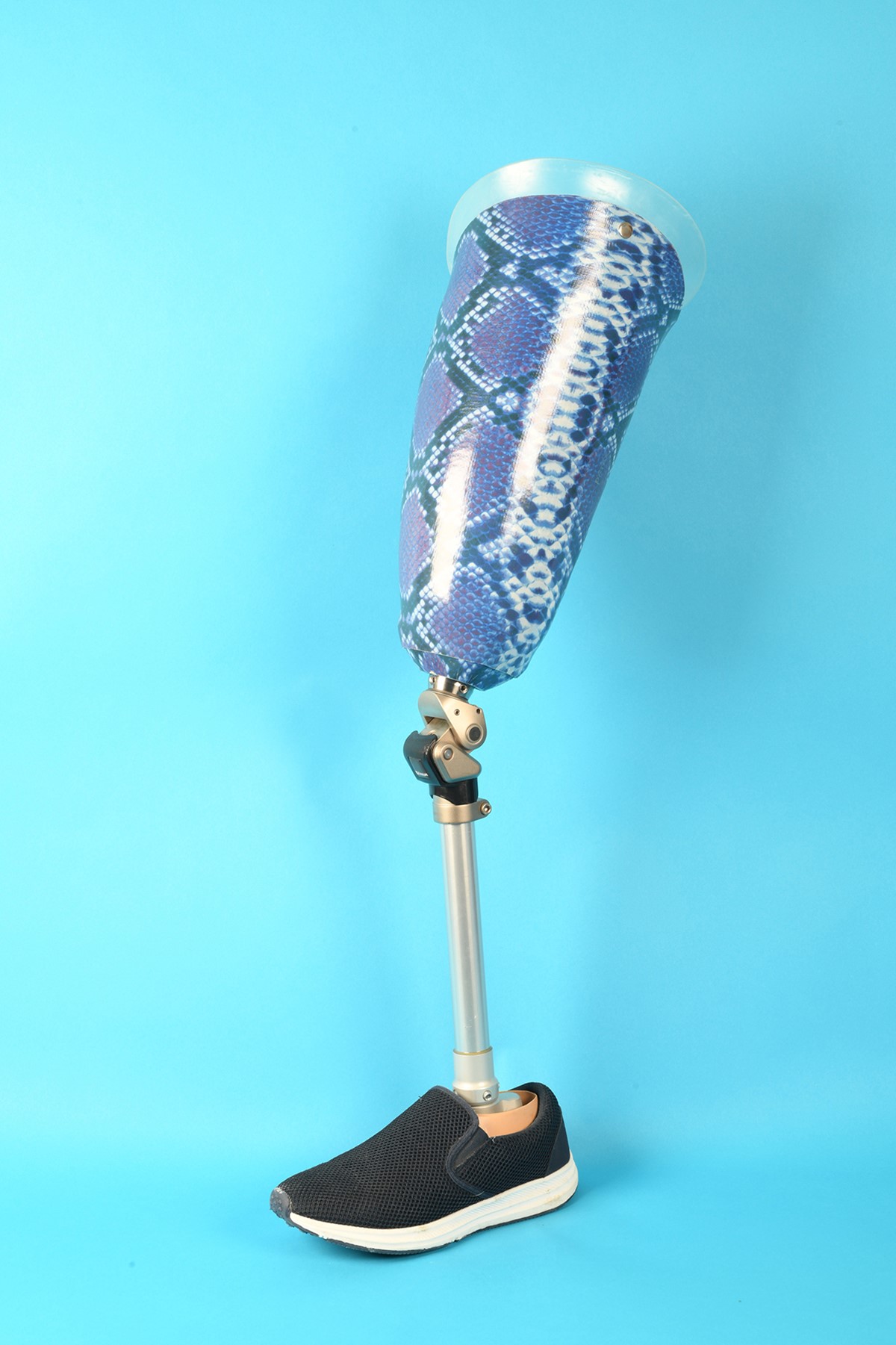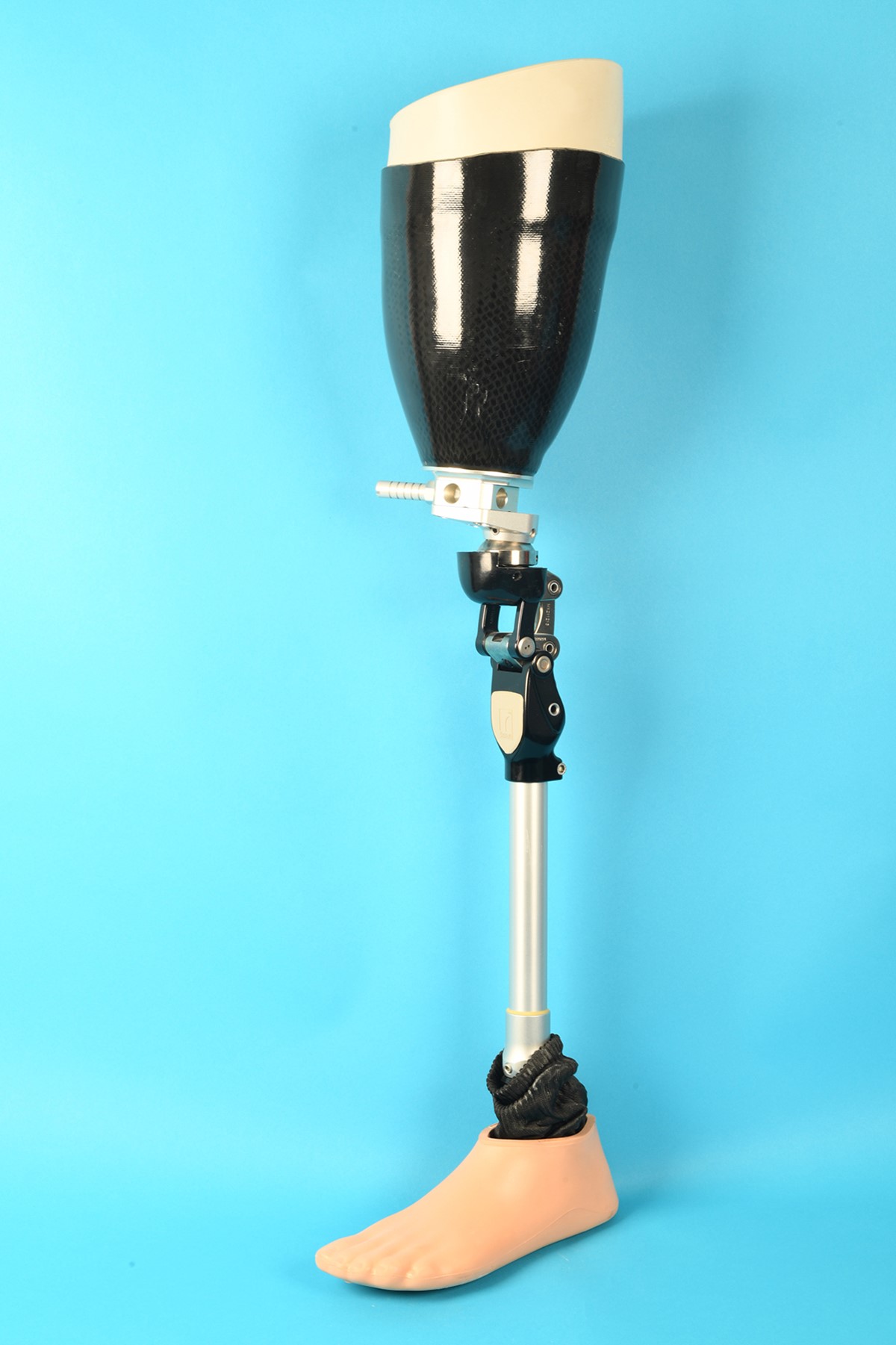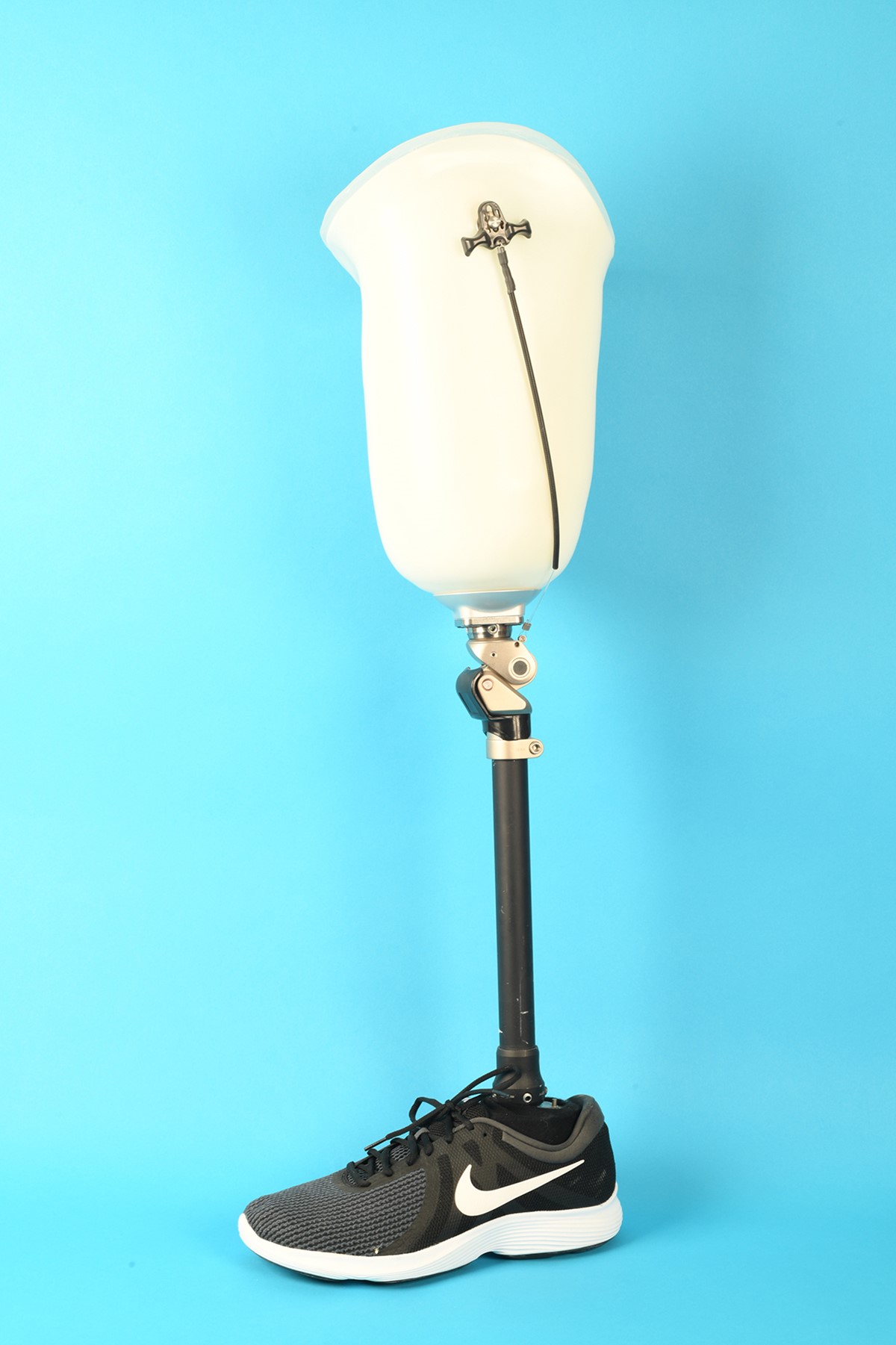Prosthetics
On this page
The Prosthetics service provides artificial arms and legs (prostheses).
We strive to provide the best quality prosthetic care for people with limb loss or absence, from across the Highland Health and Social Care Partnership area. We provide prosthetics care for the life of our service users, to help them reach their full potential.
The prosthetic team are experienced in assessing, designing and fitting artificial limbs appropriate to individual patients and their lifestyle. Our clinician works as part of a wider multidisciplinary team to ensure each service user receives the best possible outcome. Ongoing care is available to ensure the prosthesis is maintained and continues to meet the user's individual needs.
The Prosthetics service provides upper and lower limb prosthetic treatment to around 300 children and adults across the Highlands and Western Isles. The department consists of a team of one Prosthetist and one Administrator.

Important: Contacts
- phone 01463 706 165
- email nhsh.prosthetics@nhs.scot
Availability Monday to Friday, 08.30 to 16.30 (16.00 on Friday) except public holidays.
Staff will endeavour to answer your phone call during normal working hours, but on occasion you may reach an answerphone.
When leaving a phone message or email, please state your name, date of birth and preferred contact number or email address and a member of staff will respond as soon as possible - in most cases within 48 hours, although weekends, holidays and other factors may affect this.
The Prosthetics department is located on the ground floor of Raigmore Hospital in Inverness. We are at the end of the Outpatient corridor in Zone 1 - Clinic 7. We share a waiting area with the Orthotics clinic.
Referral and appointments
Patients will be initially referred into the service by a healthcare professional such as a GP, consultant or allied health professional. Following this, patients, families, carers and other professionals can contact us directly to request appointments.
We offer appointments:
- in-person
- by telephone
- using Near Me (video)
Requests for items
Patients, carers and families can request supply of some items by post, this might include socks or sleeves. Some items can only be provided following an in-person assessment, for example where measures are needed to ensure correct fit.

About the service
We work as part of a multi-disciplinary team which includes:
- the patient
- nursing staff
- occupational therapist
- physiotherapist
- pain team
We are involved in weekly ward rounds for inpatients and attend joint outpatient clinics with the vascular and orthopaedic teams when required.
Patients are referred to the Prosthetics service and may attend for review/assessment, casting, fitting, adjustment and repair appointments. Established patients can refer themselves for review, adjustment or repairs, or be referred by a carer, doctor or allied health professional.
The service can refer to the Scottish Specialist Prosthetics Service (SSPS) in Glasgow where appropriate.

Initial assessment
The majority of amputations of the lower limb in Highland are carried out by vascular surgeons. Following amputation, most patients within Highland will be treated as inpatients in Raigmore Hospital. Those patients who have been discharged will be seen as outpatients.
New amputees may be assessed using an 'early walking aid' by the physiotherapy team at Raigmore.
If the multi-disciplinary team consider that limb fitting is appropriate and the patient is in agreement, the patient will be referred to the Prosthetic department at Raigmore. They will then be assessed by the Prosthetist and when swelling is reduced sufficiently, the wound is ready, and the patient is physically able, they will then proceed to provision of a prosthetic limb.

Making a prosthetic limb
In some cases, a cast will be taken of the residual limb, using plaster of Paris. In other cases, a 'direct socket' style will be used, where the socket is made directly on to the patient’s residual limb, using a silicone liner and pressure casting method.
The Prosthetist will prescribe, design and manufacture a prosthetic limb, incorporating numerous social and medical factors including the user's general health, goal, fitness level, clinical needs, lifestyle and personal requirements.

Fitting
This involves putting the prosthesis on and assessing the fit and feel of the socket, before enabling the patient to stand and take their first steps.
The prosthesis is then aligned and adjusted specifically for each individual to provide an optimum gait pattern (most efficient way of walking) for their everyday or specialist needs.
Additional appointments may be required, for example if an initial check socket fitting is required to ensure optimum shaping of the socket before proceeding to the definitive fitting stage.

Delivery, review and repairs
The prosthesis is then finalised. This stage allows for the components to be torqued and appropriate safety checks made. A cosmesis or skin-coloured covering may also be added to the prosthesis dependent on personal preference and different prescriptions.
For patients receiving their first limb, planned review appointments will be given. Established patients may be provided with planned reviews, for example an annual review for maintenance of the limb, and servicing and componentry checks. Alternatively, patients can make their own appointment on request. Review appointments aim to check that the prosthesis remains comfortable, safe and fit for purpose. If you have more than one artificial arm or leg, it is helpful to bring all of these to your appointment.
Repair appointments allow for any socket adjustments or repairs to components to be carried out.





In-person services and locations
Other services
Your Services
-
Know who to turn to
Know how to get the right care, in the right place.
-
In-person services and locations
Lists and exact locations of hospitals, A&E departments, care homes, GP and dental practices, sexual health clinics, ...
-
Near Me
NHS Highland offers Near Me video appointments.
-
Access to services
Accessibility, and ways to help you access your services. Related services for patients and public.
